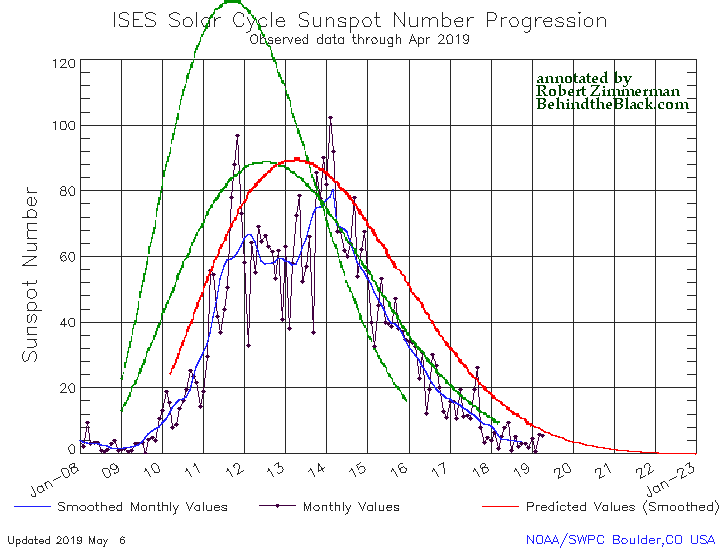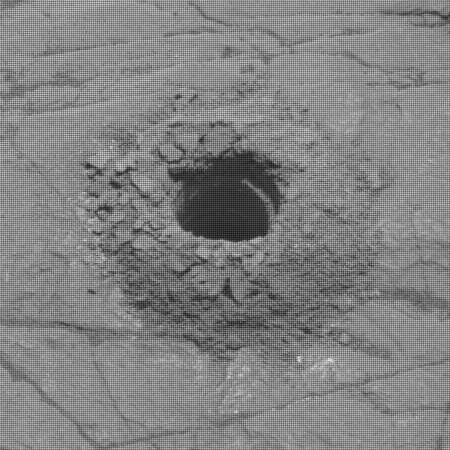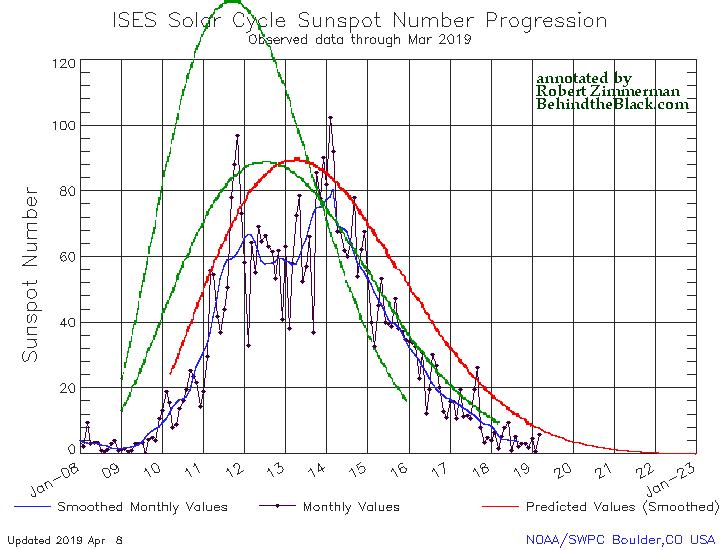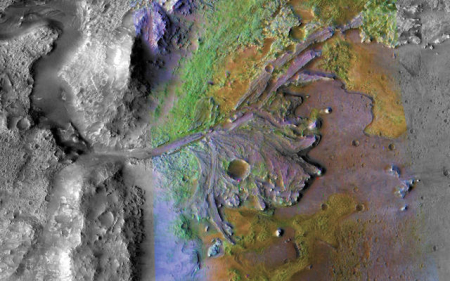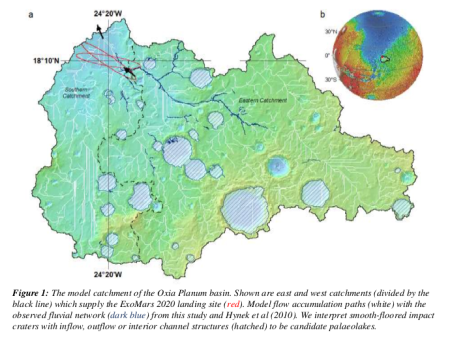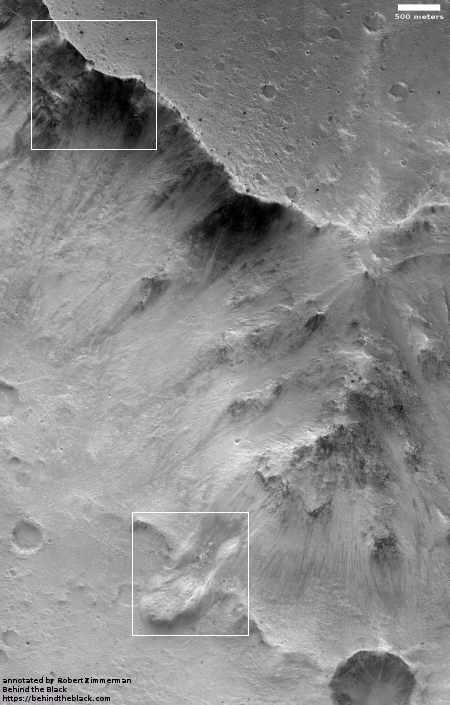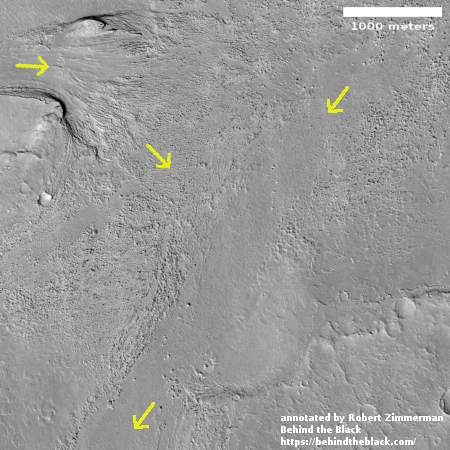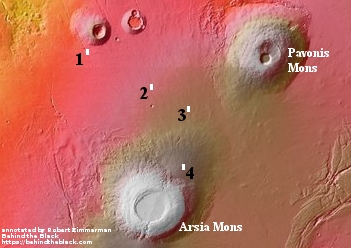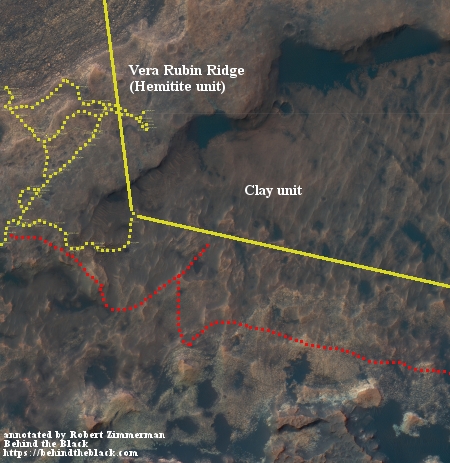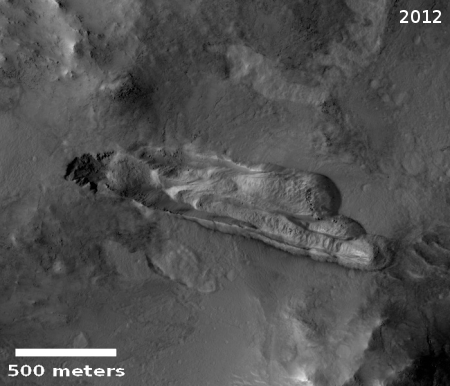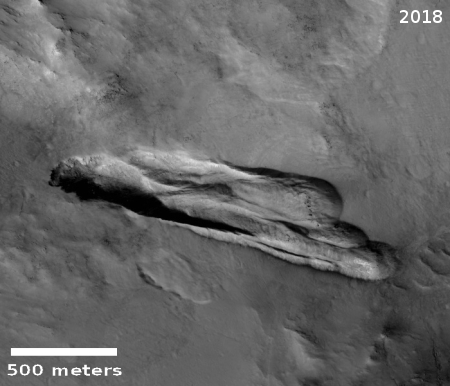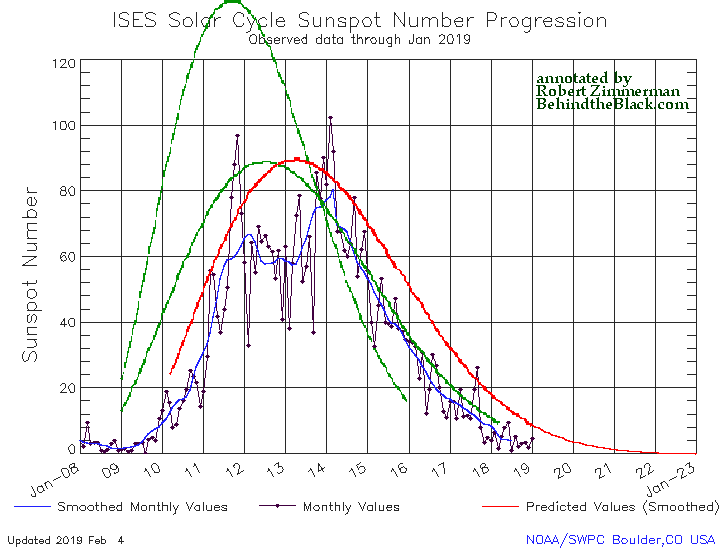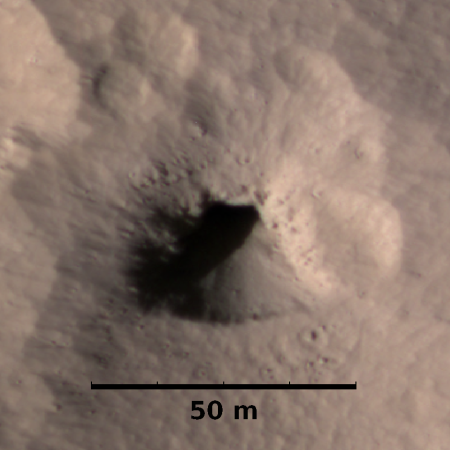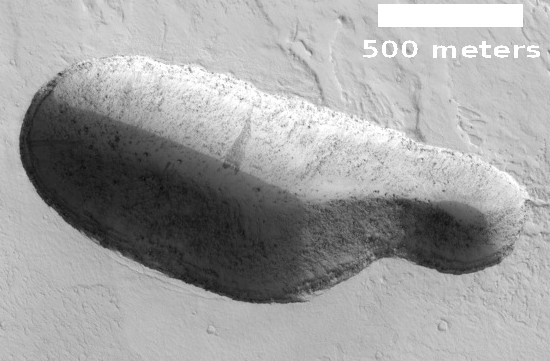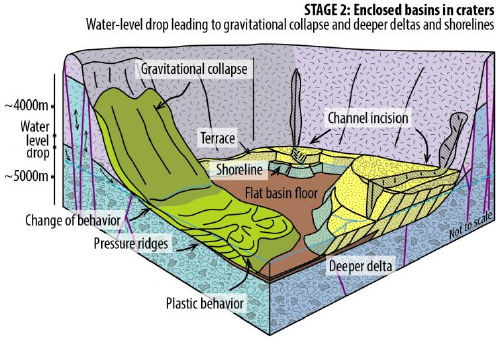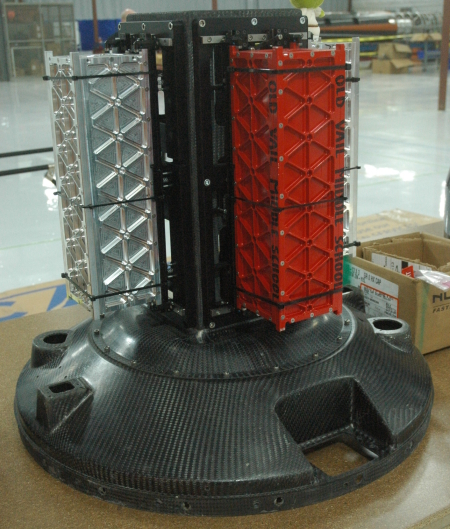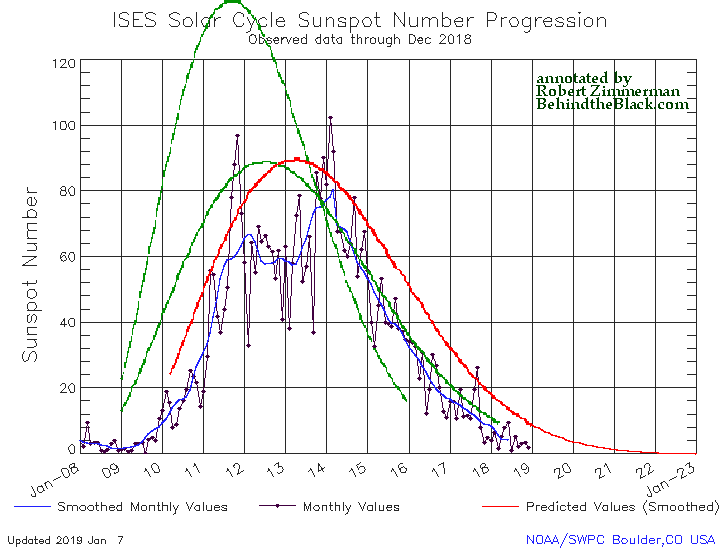Honoring elections is no longer the Democratic Party way
During one of the debates between Hillary Clinton and Donald Trump during the 2016 election campaign, the Democrats became outraged when Trump said he might not immediately accept the election results should Clinton be declared the winner.
Questioned directly as to whether he would accept the outcome should Democratic nominee Hillary Clinton prevail on Nov. 8, Trump demurred. “I will keep you in suspense,” the Republican nominee said. Clinton called Trump’s answer “horrifying,” saying he was “talking down our democracy.”
The response from Democrats ranged from horror to fury. Articles from the entire liberal press attacked Trump for daring to suggest such a thing. Hillary Clinton response was typical, and quite pointed:
“That is not the way our democracy works,” Clinton said. “We’ve been around for 240 years. We have had free and fair elections. We’ve accepted the outcomes when we may not have liked them. And that is what is expected of anyone standing on a debate stage during a general election.”
She continued: “He is denigrating — he’s talking down — our democracy. And I for one, am appalled that somebody who is the nominee of one of our two major parties would take that kind of position.”
Hillary Clinton was correct, but anyone with even an ounce of skepticism would have immediately realized that Hillary Clinton didn’t believe her own words, for a nanosecond. From yesterday:
» Read more

